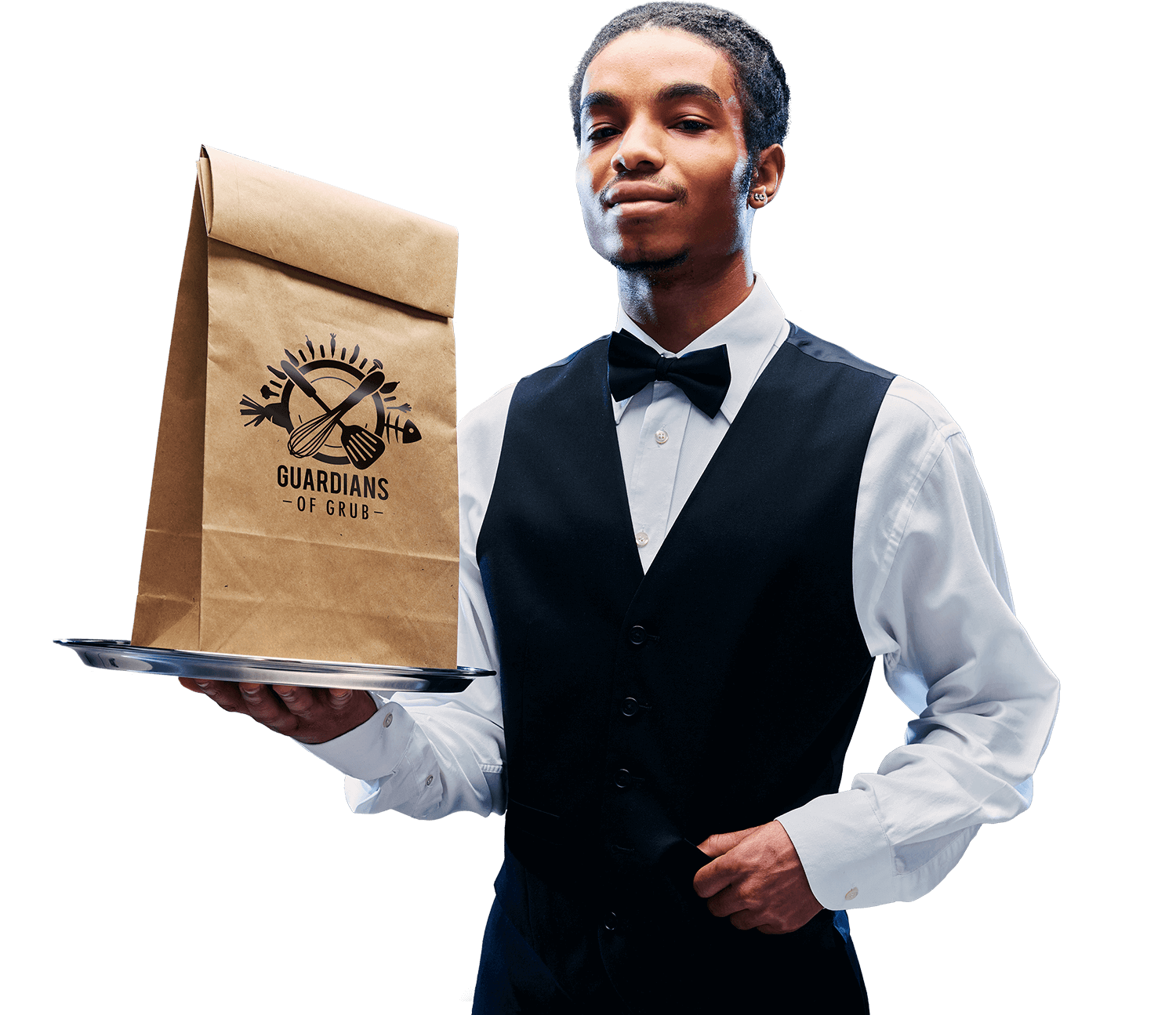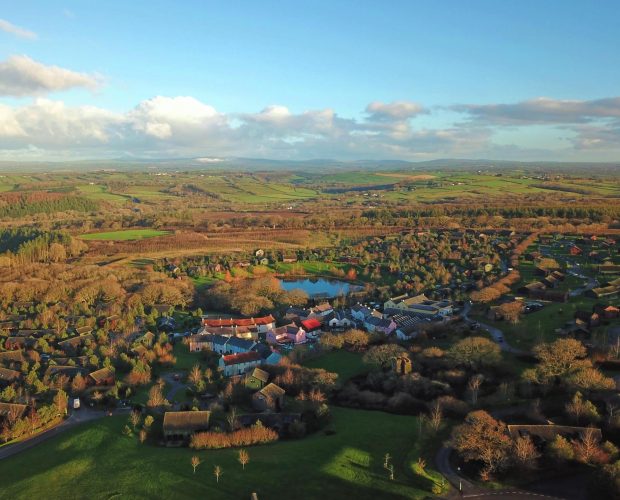Bluestone National Park Resort
Bluestone National Park Resort operates 420 accommodation units made up of lodges, cottages and studios. Spread over 500 acres in the heart of the Pembrokeshire countryside, the resort has three restaurants and a café in the main village. There are also various outlets in the large undercover Serendome and a fourth restaurant in the Hive, an indoor play attraction.
With over 160,000 guests visiting every year, Bluestone is a popular destination for young families, with a core market of under-nines.

SUMMARY
As well as analysing and recording food waste daily in all eight food outlets, communicating the results is key to reducing wastage.
Recording waste using a simple QR code makes the process easy. The data is entered into an Excel document which is visible to all levels of management.
This reinforces integrity, allows transparency, encourages healthy competition and gives a great opportunity to share best practices.
OBJECTIVES
- Each outlet to take ownership and responsibility for their food waste. Separating each food waste stream into Plate, Spoilage and Preparation waste using colour-coded bins. Weighed electronically.
- Quarterly review with Food & Beverage (F&B) sustainability champion with the outlet to produce their action plan. This allows outlets to own their waste and encourages them to think of ways to improve.
- New managers/supervisors are fully trained and signed off as Food Waste Champions to allow a sustained culture of expectation and aspiration.
- Senior managers within F&B have sight of daily food waste through email notifications. Challenging concerns, supporting plans, and celebrating success in monthly managers meetings.
TIP
With eight outlets across the resort and 1,000 covers daily, the challenge is to accurately record data to allow us to monitor food wastage. Celebrating success motivates the team to deliver on their targets and encourages healthy competition.

“We have created something the whole business has bought into, and this has created a real buzz around the resort. We are working together sharing a common goal and we are very proud of our collaborative working.”
Mark Seagrave
Team Planet
KEY LEARNINGS
- Identifying the cause of plate waste must involve all members of the team and each person can help deliver change.
- Data integrity is key. Keeping the process simple helps data consistency.
- Talk with passion about what can be achieved and what has been achieved.
CHANGES MADE
- A clearer understanding of what goes into food waste.
- A shared sense of determination to drive down food waste.
- To look at how we can use up excess food before it hits waste.
- Reviewing historical data, allowing us to make an informed decision about what and how much to produce.
- A more robust way of how we store food, making it easier to identify what we have and only order what is needed.
- An awareness of the importance of equipment maintenance and how this can impact food waste.
SAVINGS
- Plate waste was reduced by an average of 400kg per month, saving an estimated £42,000 annually.
- Prep waste reduced by over a ton per month whilst serving an additional 2,000 covers (av).
- Spoilage reduced by over 300kg per month giving an estimated saving of around £12,000 annually.
- Waste across Food & Beverage reduced by a third.
- More than £54,000 saved in year one.
